If you’re new to cannabis, terms like body high and head high can be confusing. This may be partly because there are many unverified facts about cannabis, certain strains and their effects.
The body high and head high are often used to describe the overall effect of cannabis strains on the body, and they play a vital role in choosing a cannabis strain that ticks all the boxes.
People use cannabis for different reasons, and understanding the differences between a head high and a body high will go a long way in making informed decisions.
Head highs and body highs are different experiences that are not mutually exclusive. It is possible to experience one or both effects depending on the potency (THC concentration) and cannabis strain involved.
What is a Head High?
A head high is a mental state of euphoria and/or creativity characterized by feelings of clarity, energy, and focus. It occurs when you feel the effects of cannabis - cerebrally - i.e. only in your head or mind and not in your body.
In this case, you will feel energized, happy, creative, and uplifted. A typical head high can open your third eye chakra and allow you to “see sounds” and “hear colors.” This type of high is often referred to as a "cerebral" high and is typically associated with Sativa-dominant strains of cannabis like Acapulco Gold, Panama Red, and Durban Poison.
Sativa-dominant strains are known for their energizing and uplifting effects, thanks to their high THC content. Remember, THC interacts with the CB1 and CB2 receptors to promote the euphoric effects of cannabis. Information from research shows that Sativa-dominant strains are helpful for those looking for a boost of energy and focus.
The head high is often experienced as an intense rush of euphoria accompanied by heightened senses and increased creativity. This type of high can be intense and overwhelming for beginners, so it's important to start slow and be mindful of your dosage.
What is a Body High?
This is when you feel relaxed or sedated after consuming a particular cannabis strain or edible product. It is described as a physical state of relaxation and sedation backed by feelings of peace, tranquility, and calmness. A body high will make you want to hit the couch or bed and sleep well.
This type of high is often referred to as an “indica" high. It is typically associated with Indica-dominant strains of cannabis like the Hindu Kush, Afghan Kush, and Granddaddy Purple. Indicas are known for their relaxing and calming effects, which can be helpful for those looking for a sense of peace and tranquility.
Indica-dominant strains often have a higher CBD concentration, thus supporting their relaxing and sedative effects. CBD plays a modulatory role in the sleep-wake cycle and promotes sleep while assisting the body in dealing with irregularities such as hormonal imbalance. This is why CBD has recorded several successes in dealing with anxiety and sleep-related problems.
The Differences Between a Head High and a Body High
The differences between a head high and a body high go beyond the Sativa vs. Indica debate. You can read our article on cannabis Sativa vs. Indica for background.
The main difference between a head high and a body high is the type of experience they provide. While a head high is a mental or cerebral experience that is characterized by a sense of euphoria, energy, and creativity, a body high is a physical experience that can range from feeling relaxed to feeling sleepy.
The Benefits of a Head High
A heady cannabis feeling will most likely trigger the following effects on users.
- Increased focus
- Clarity
- Creativity
- Energized
These effects are great for people who want to get work done or increase productivity. It can also benefit those looking to boost their mood or improve their mental state. This claim is, however, subject to more research findings.
A cannabis head high can also provide a sense of euphoria and energy, which may be helpful for those looking to escape the everyday stresses of life. It can also benefit those looking to explore their creativity or embark on a spiritual journey.
The Benefits of a Body High
People who experience a body high are most likely to experience any of the following effects;
- Increased relaxation
- Calmness
- Tranquility
- Sedation
This type of high is often helpful for those looking to unwind and de-stress after a long day. It can also benefit those seeking to alleviate physical pain or discomfort.
The body high can also provide a sense of sedation and peace, which can be helpful for those looking to escape the everyday stresses of life. It can also benefit those looking to explore their inner self or embark on a spiritual journey.
How to Distinguish Between a Head High and a Body High
The easiest way to distinguish between a head high and a body high is to pay attention to your individual experience. If you are feeling an intense rush of euphoria and creativity, then you are likely experiencing a head high. On the other hand, if you are feeling relaxed and sedated, you are likely experiencing a body high.
It’s also important to pay attention to the type of cannabis you are using. Sativa strains (THC-dominant) are typically associated with head highs, while Indica strains (CBD-dominant) are typically associated with body highs. Paying attention to the type of strain can help you better understand the type of experience you are having.
How to Achieve a Head High & a Body High Simultaneously
The best way to achieve a head or body high is to experiment with different strains and dosages. If you are looking for a head high, you should look for Sativa strains that are high in THC. If you are looking for a body high, then you should look for Indica strains that are high in CBD (the non-psychoactive compound in cannabis).
It’s also important to pay attention to the potency of your cannabis. A higher potency cannabis can provide a more intense experience, so start slow and be mindful of your dosage.
The Best Strains for Head Highs and Body Highs
The best strains for a head high are Sativa-dominant strains that are high in THC. These strains include but are not limited to:
- Amnesia Haze
- Durban Poison
- Green Crack
- Jack Herer
- Sour Diesel
- Strawberry Cough
- Super Lemon Haze
- Tangie
The best strains for a body high are Indica-dominant strains high in CBD. Popular indica strains for a body high include but are not limited to:
- Blueberry
- Bubba Kush
- Granddaddy Purple
- Grape Ape
- Ice Cream Cake
- Northern Lights
- Purple Punch
- Zkittles
Tips for Enjoying a Head High vs. a Body High
When it comes to enjoying either a head high or a body high, the most important thing is to be mindful of your dosage. Start slow and pay attention to the type of experience you are having. Once you have found the right strain and dosage for your desired effect, you can experiment with different strains and dosages to find a combination that works best for you.
It’s also important to find a comfortable and relaxed space to enjoy your cannabis experience. Make sure to choose a space that is free from distractions and stress. This will help you get the most out of your experience.
If you face unfamiliar effects, there is no need to panic, as you may be greening out. Here is an article on everything you need to know about greening out from cannabis consumption.
Final words
Knowing what to expect during a cannabis head high or body high is very important as this will guide your choices to selecting the right strain. It is also important to bear in mind that your dosage and mode of administration - edibles, flower, concentrates, sublingual, beverage, transdermal, etc. - play an important role in your entire cannabis experience; hence, it is important to start small and go slow.


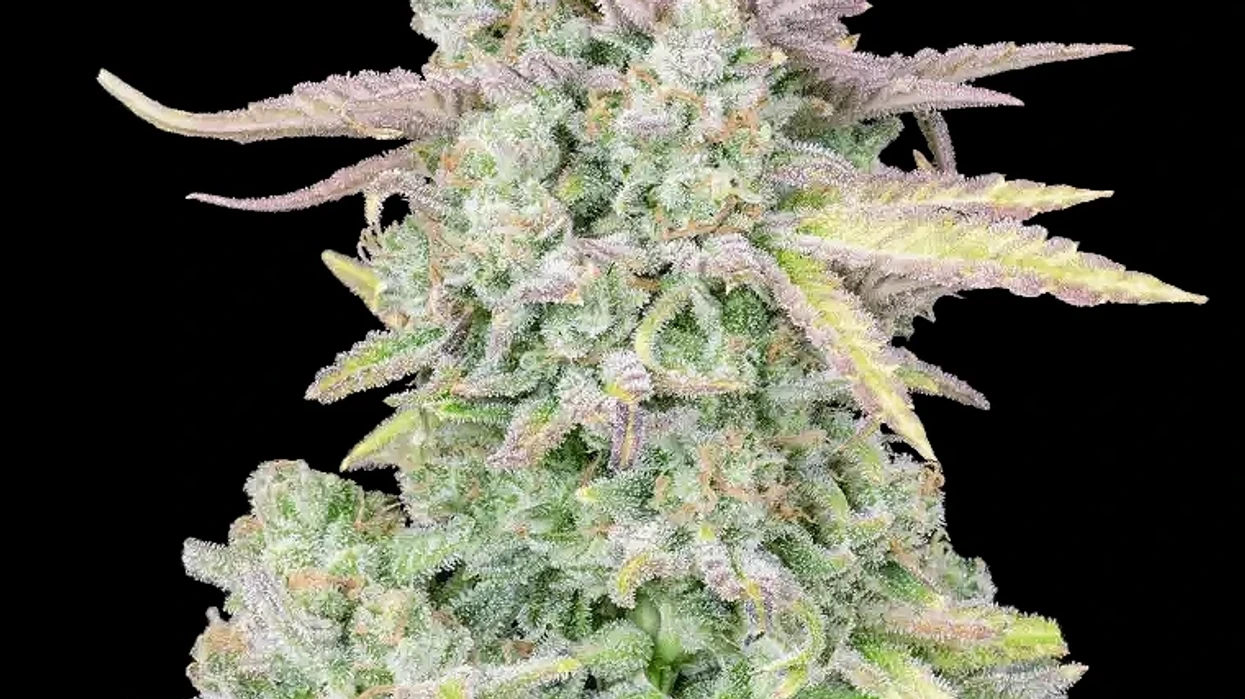
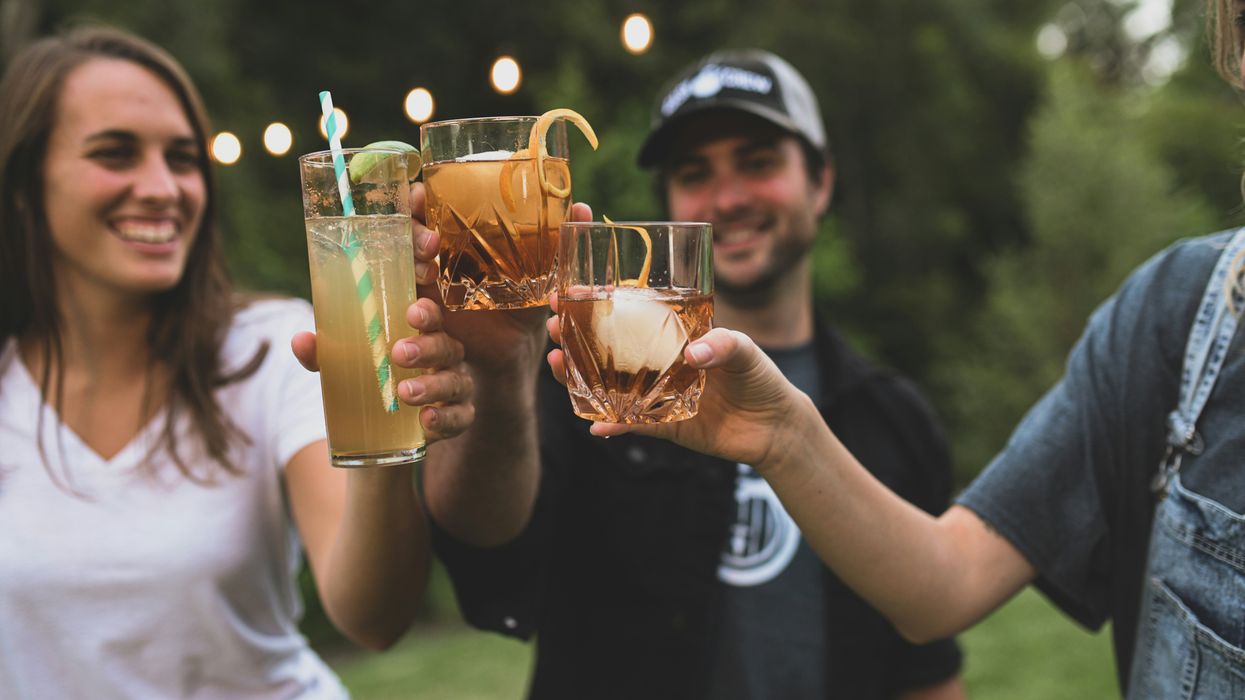

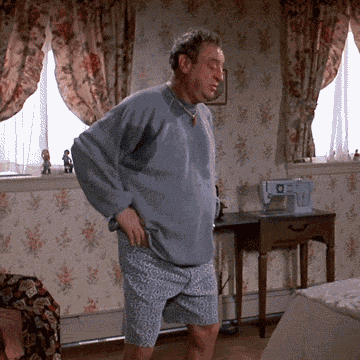
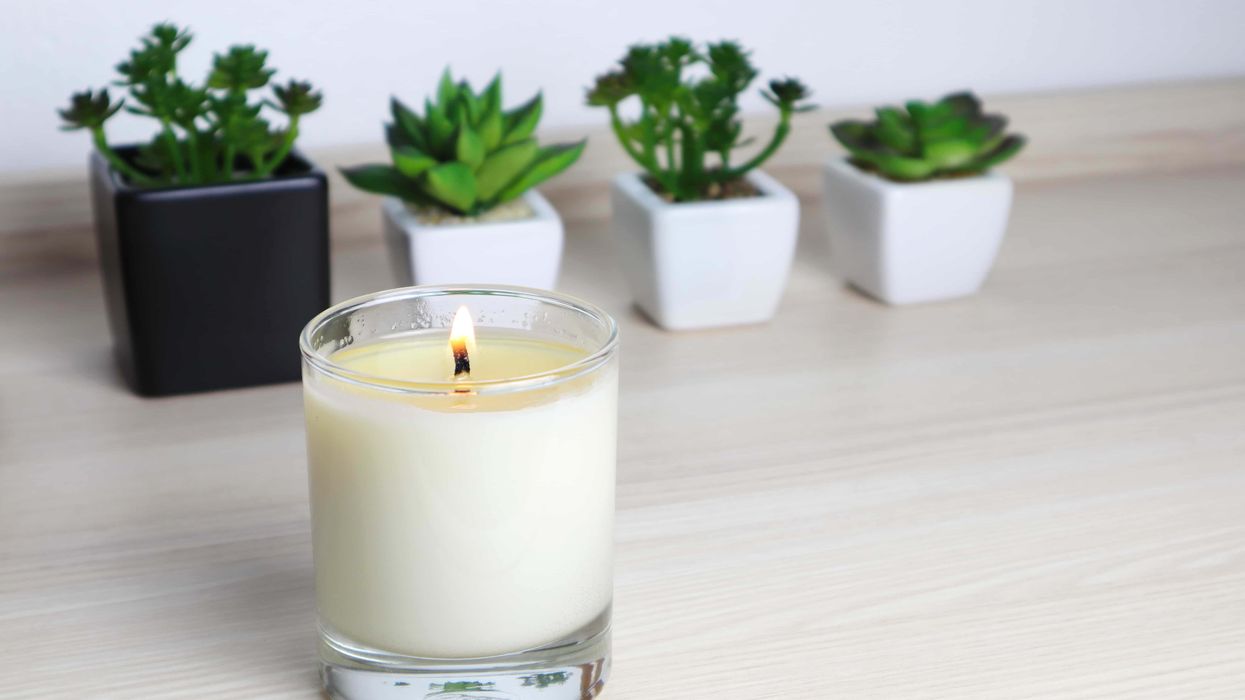
 The Truth About THC Candle: Cannabis Candles & How to Make Your Own - The Bluntness
Photo by
The Truth About THC Candle: Cannabis Candles & How to Make Your Own - The Bluntness
Photo by 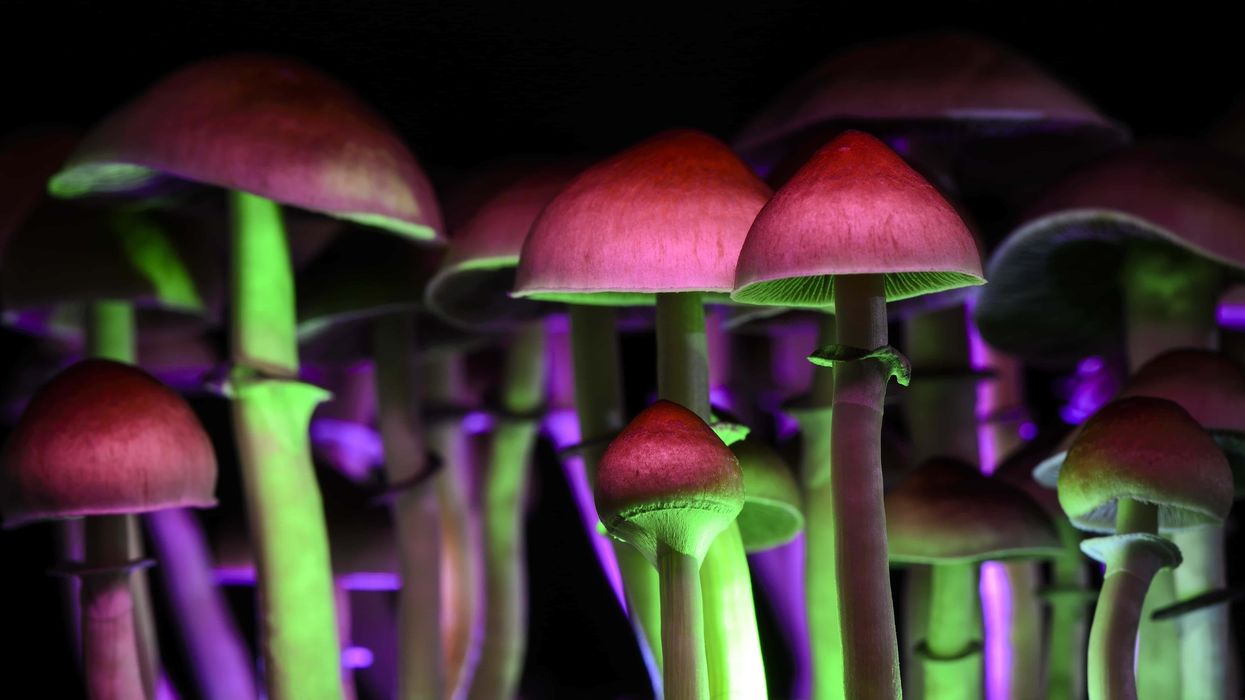
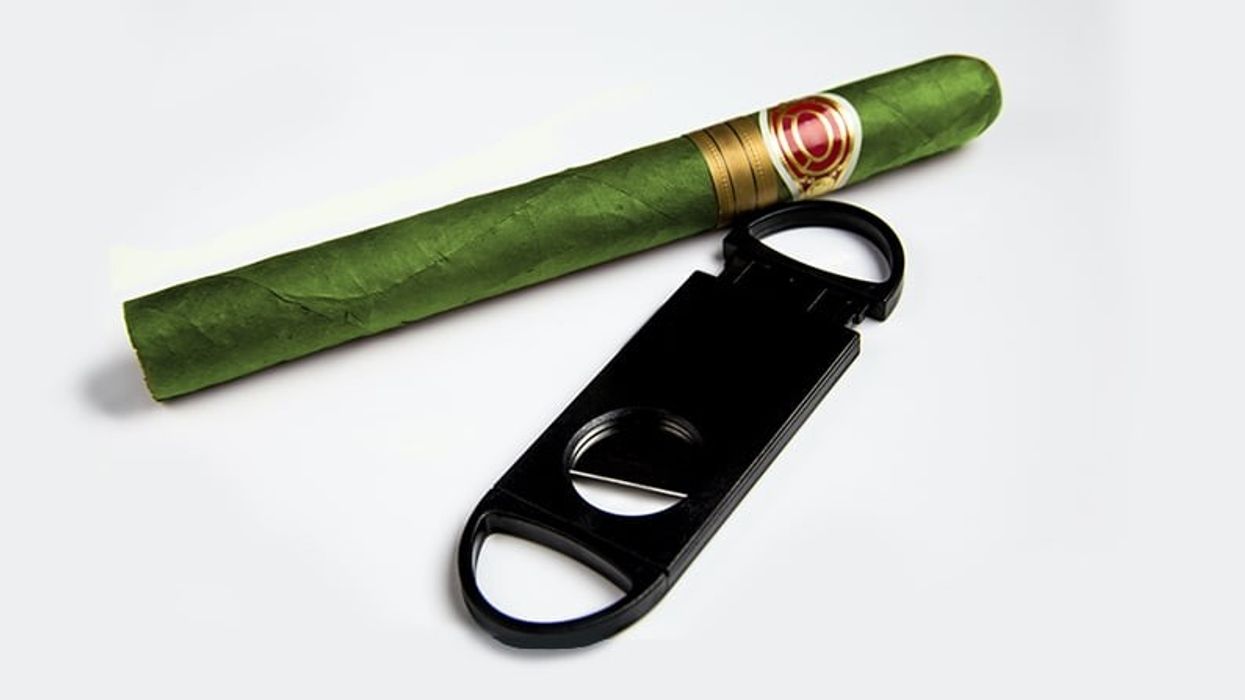
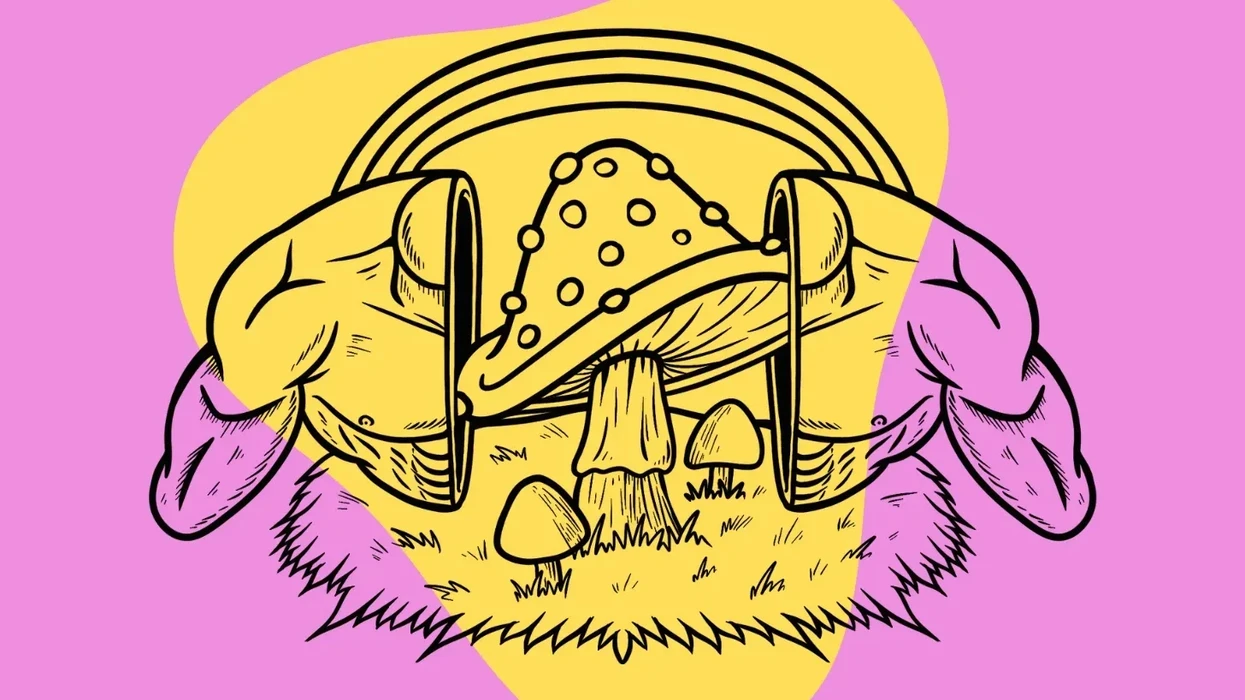
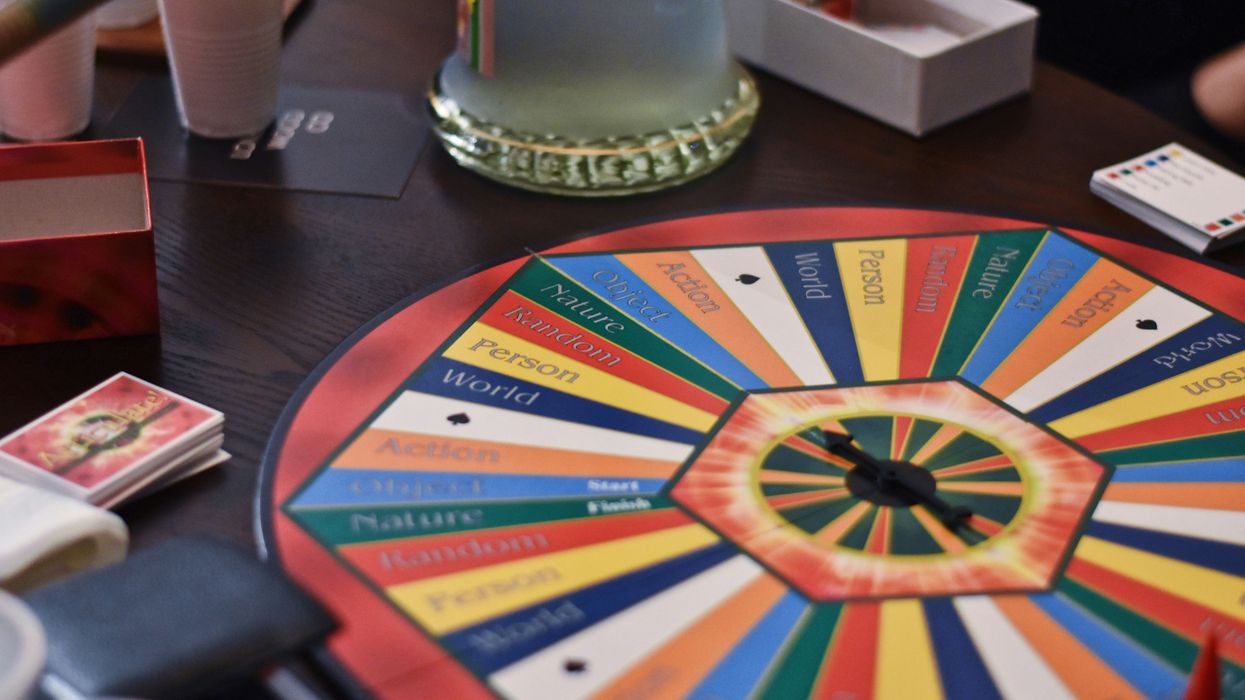
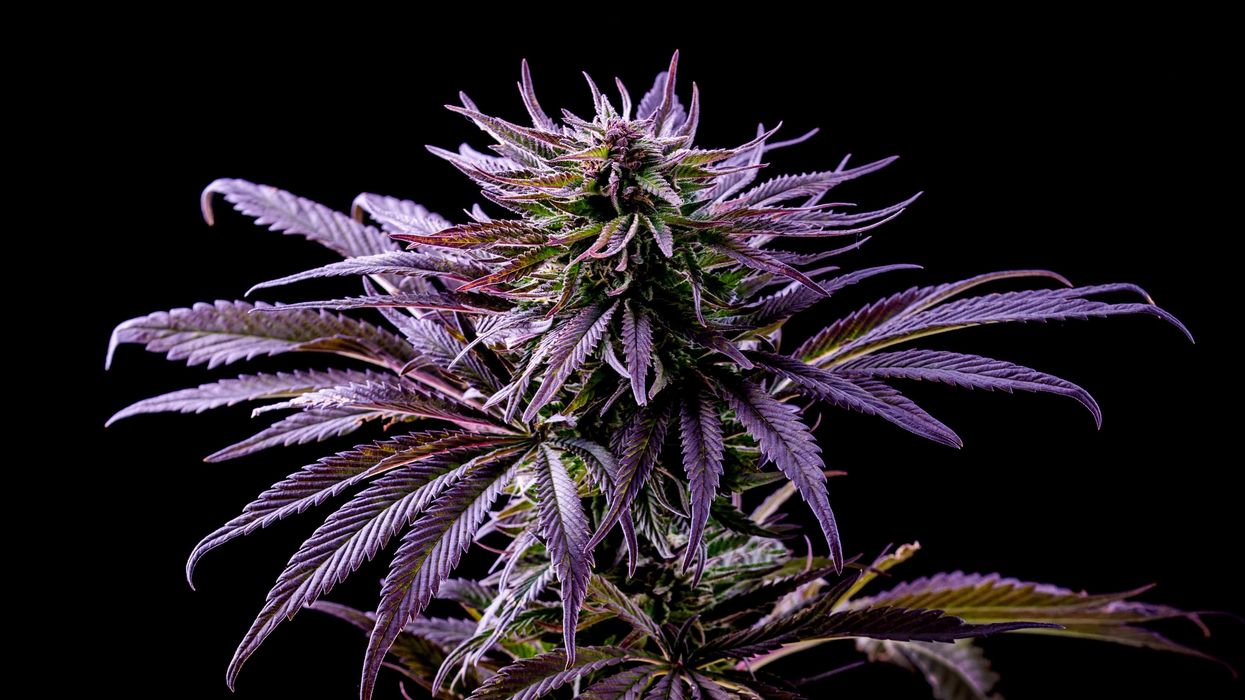
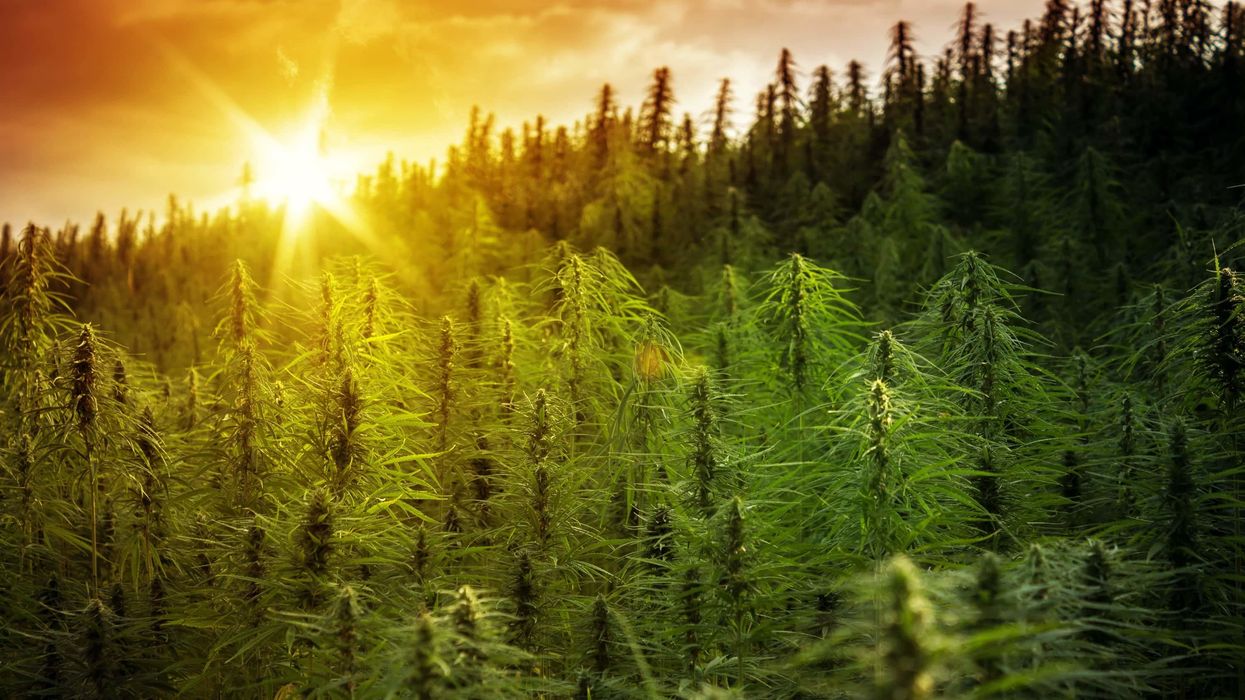
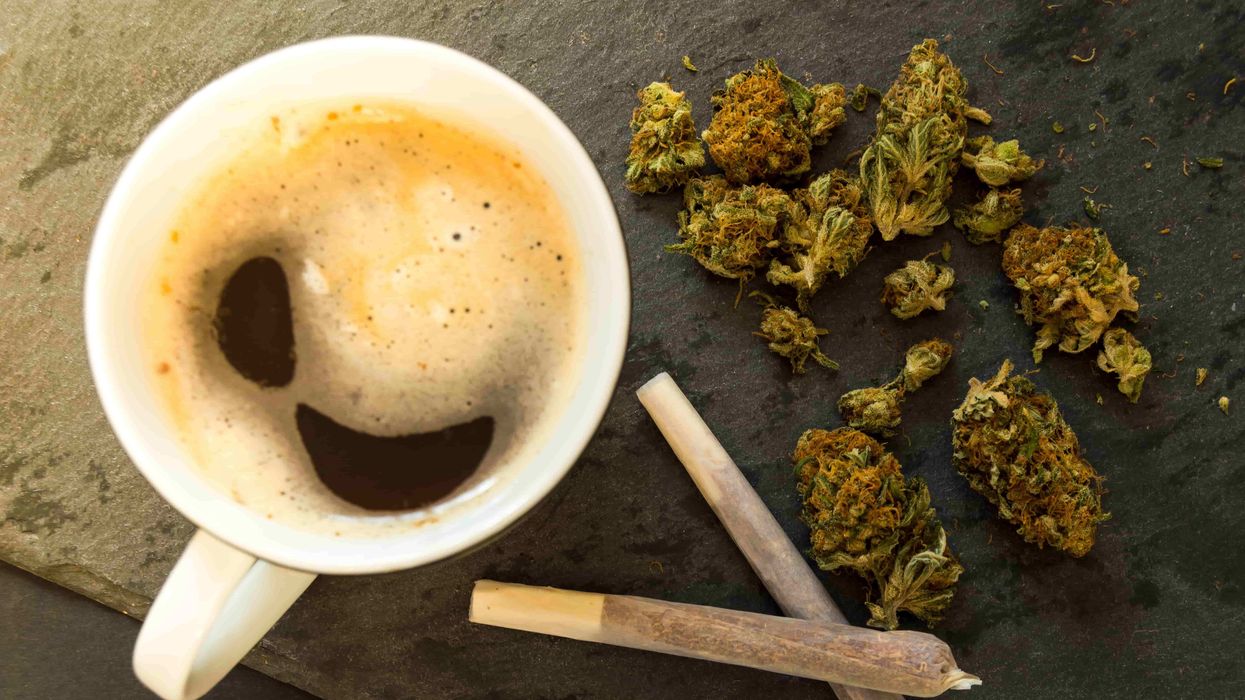
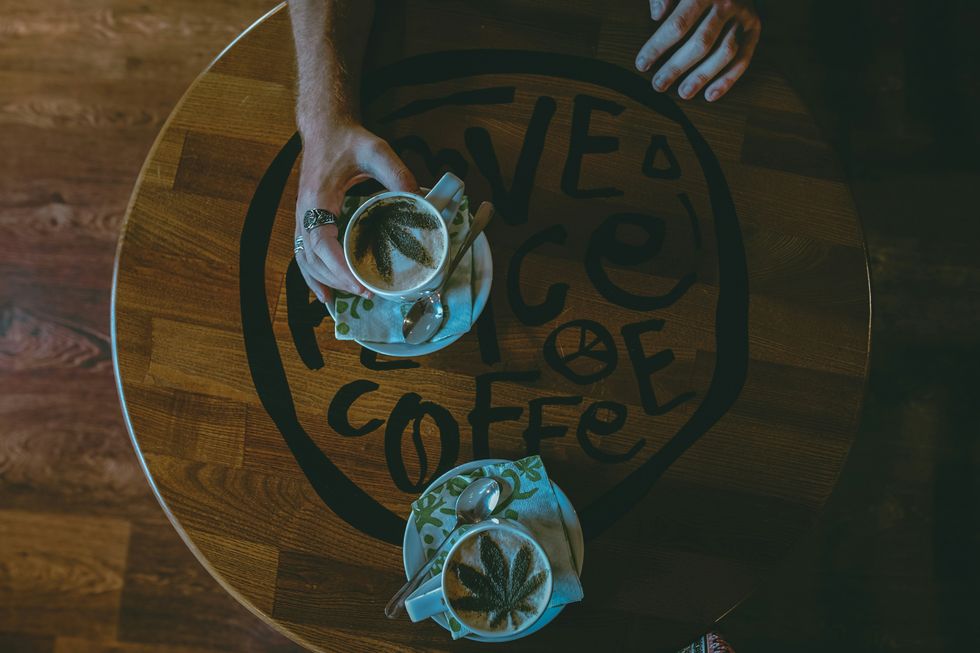 Coffee & Weed: A Modern Spin on the Hippie Speedball - The Bluntness
Photo by
Coffee & Weed: A Modern Spin on the Hippie Speedball - The Bluntness
Photo by 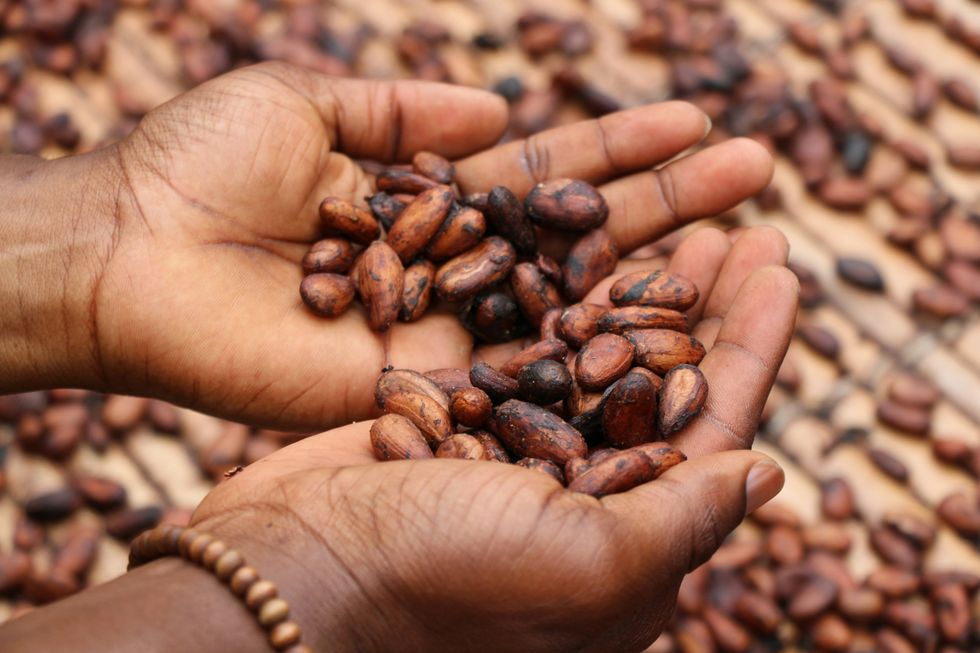 Coffee & Weed: A Modern Spin on the Hippie Speedball - The Bluntness
Photo by
Coffee & Weed: A Modern Spin on the Hippie Speedball - The Bluntness
Photo by 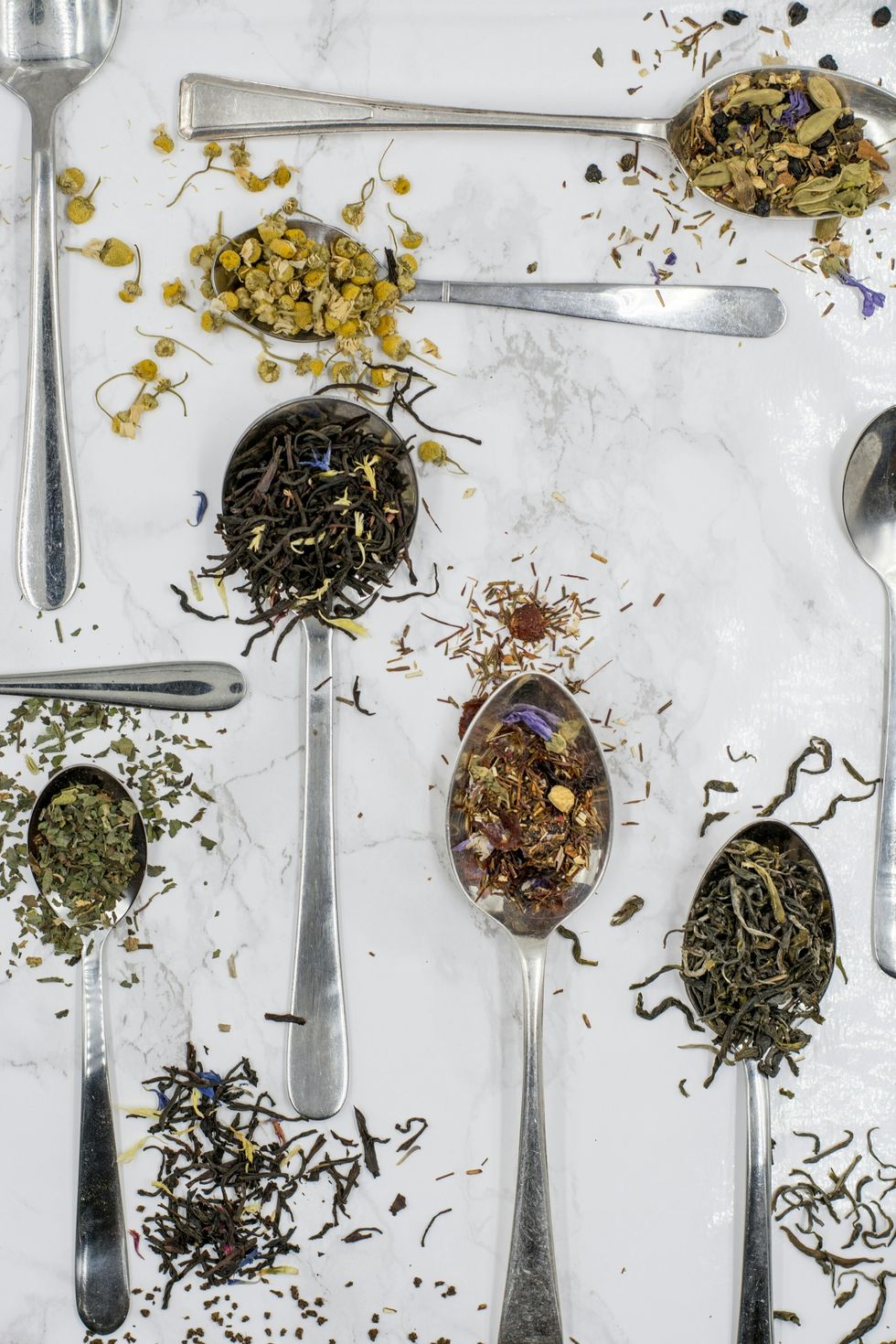 Coffee & Weed: A Modern Spin on the Hippie Speedball - The Bluntness
Photo by
Coffee & Weed: A Modern Spin on the Hippie Speedball - The Bluntness
Photo by 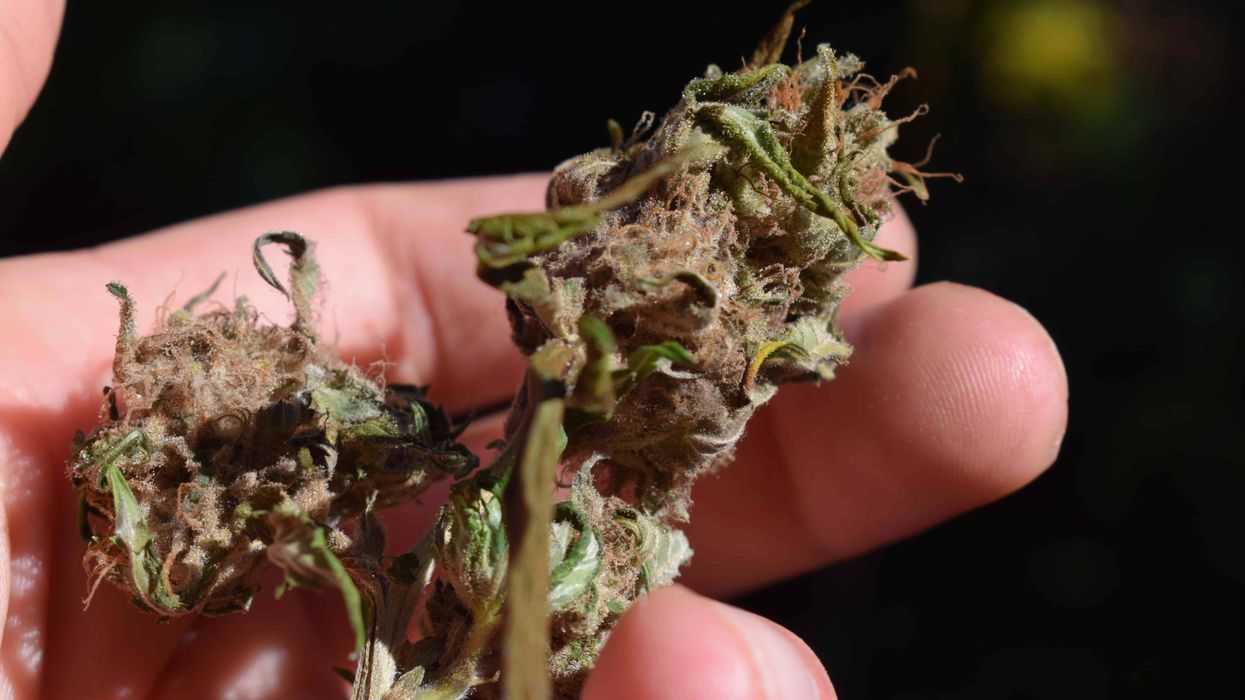
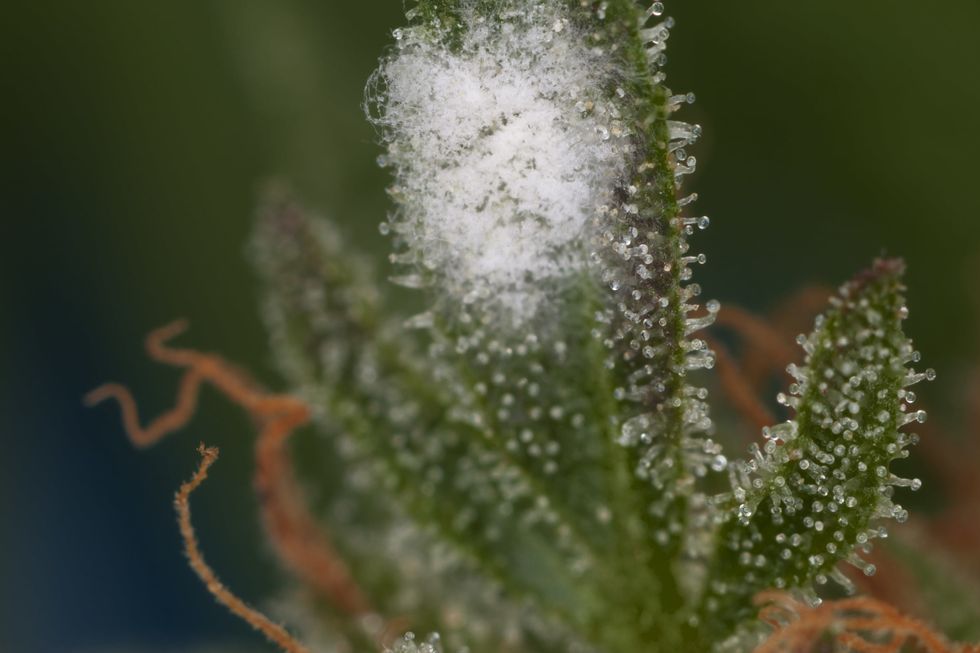 A good picture showing white mold next to cannabis trichomes.
A good picture showing white mold next to cannabis trichomes.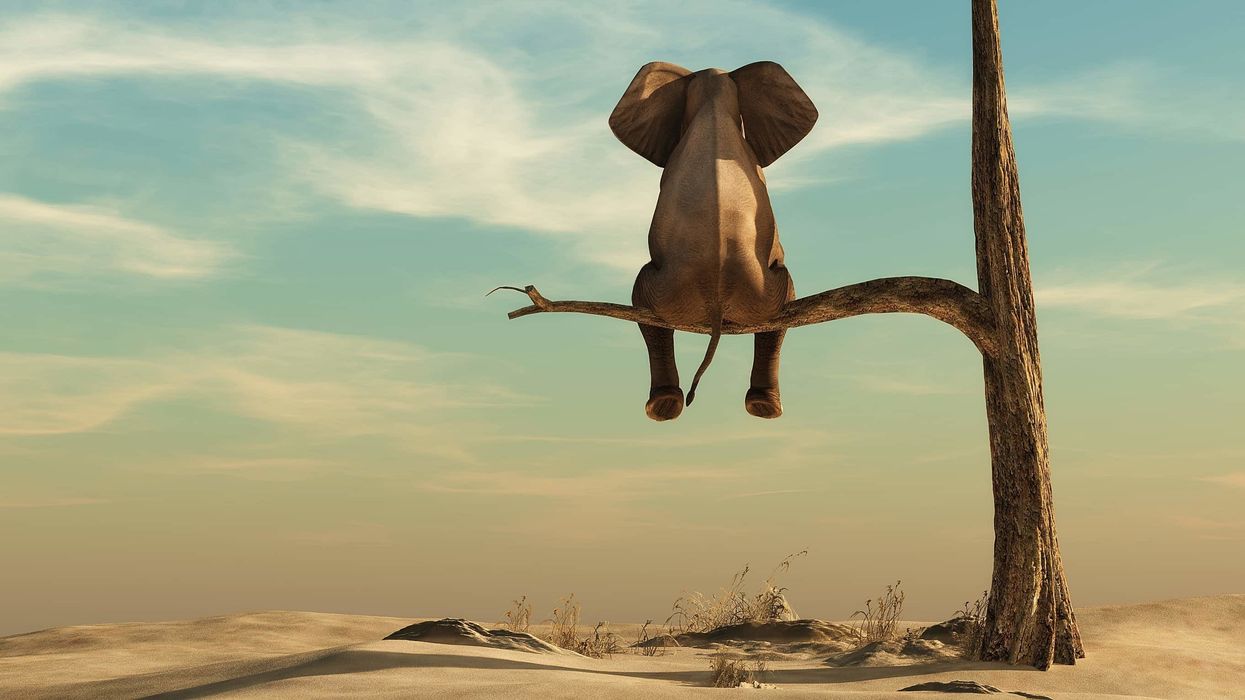
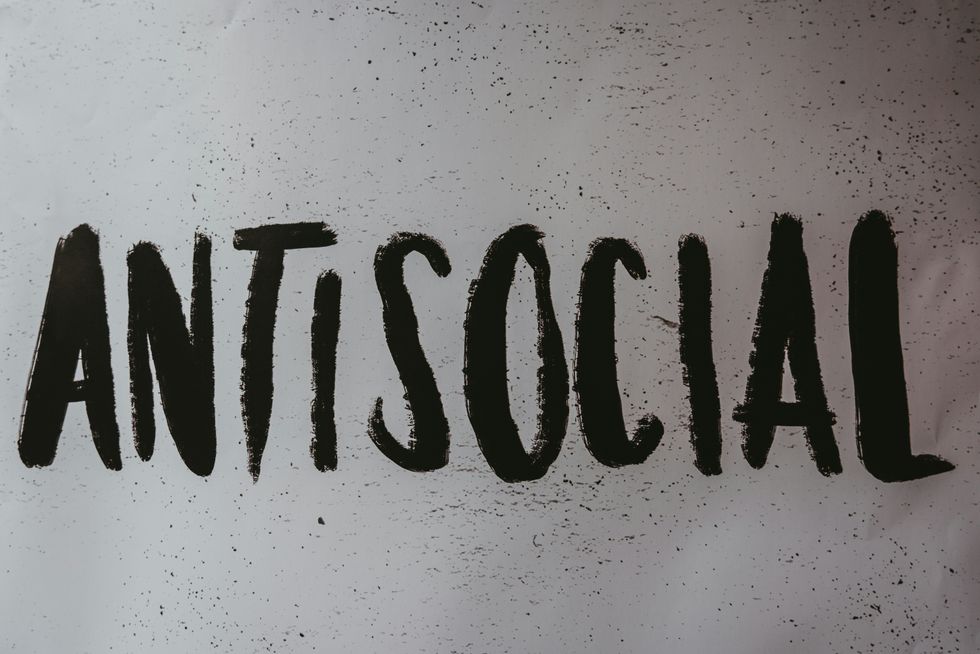 Recognizing the Signs of Antisocial Behaviors - The Bluntness
Photo by
Recognizing the Signs of Antisocial Behaviors - The Bluntness
Photo by  Weed Makes Me Antisocial: What To Do - The Bluntness
Photo by
Weed Makes Me Antisocial: What To Do - The Bluntness
Photo by 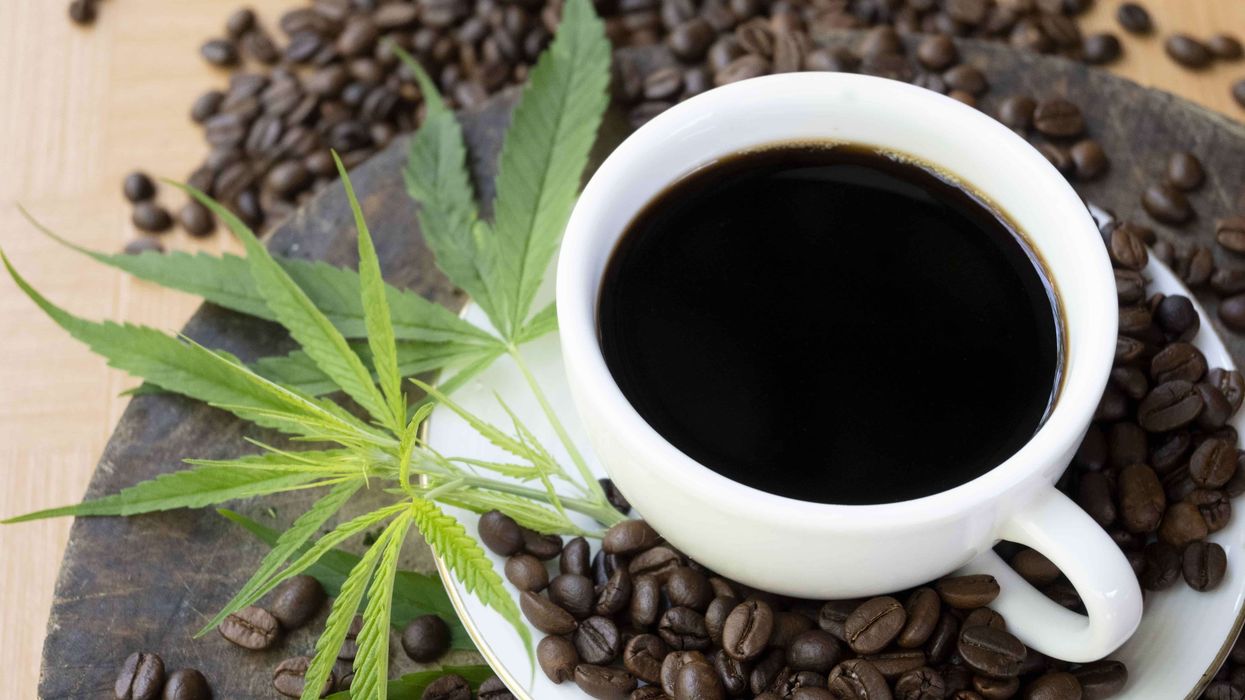
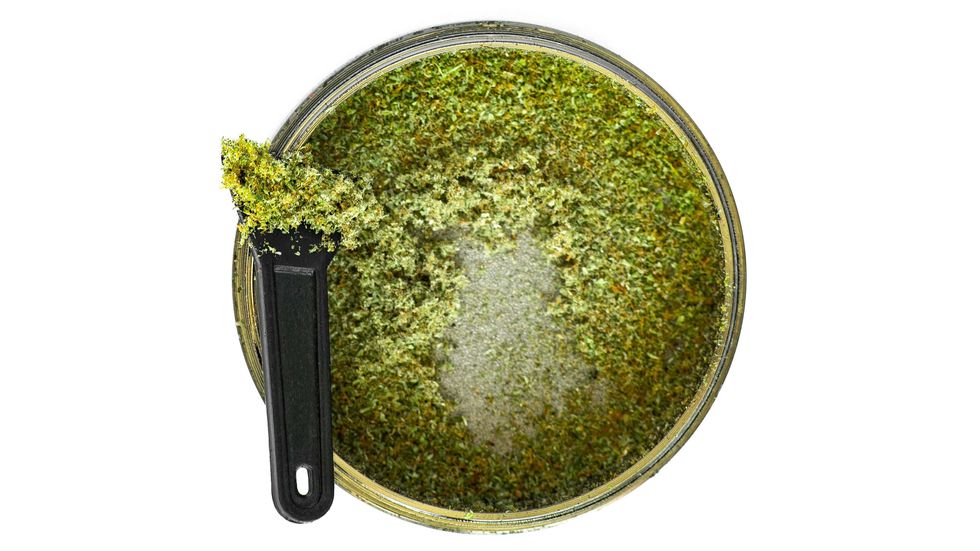 What will you do with that cannabis kief collection? - Make Coffee! The Bluntness
What will you do with that cannabis kief collection? - Make Coffee! The Bluntness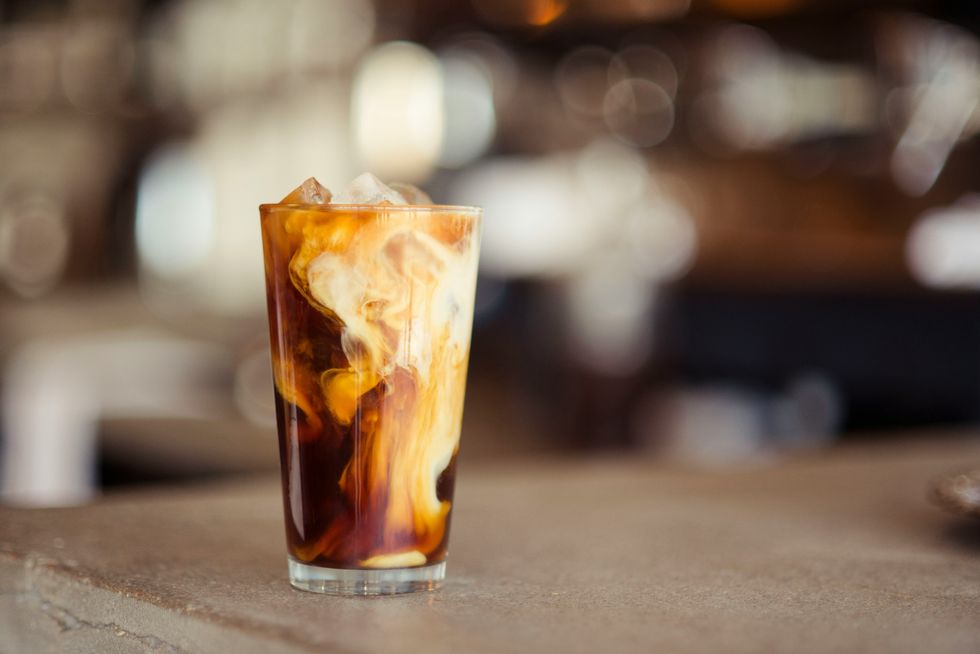 DIY: How to Make Kief Coffee - The Bluntness
Photo by
DIY: How to Make Kief Coffee - The Bluntness
Photo by